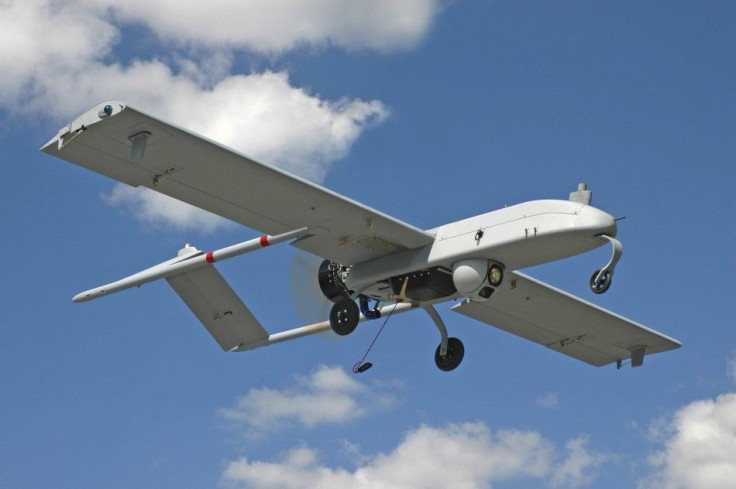Conservationists To Use Drones For Protection Of Endangered Species In Nepal

Drones can save lives! Unmanned Aerial Vehicles (UAVs) or Conservation Drones will soon be used to save nature and protect endangered species in Nepal, after the World Wide Fund for Nature (WWF) successfully tested drones for monitoring activities in protected zones.
These remote-controlled aircraft, equipped with cameras and GPS to help capture images and video from hard-to-reach areas, will be used for monitoring the movement of tigers and rhinos and also illegal activities within the protected areas. The drones, which can fly at a maximum elevation of 200 meters, will cover a distance of up to 25 kilometers within 45 minutes.
The test was carried out in the Chitwan National Park in Nepal's Terai Arc Landscape June 12 in the presence of Nepal's Forests and Soil conservation minister Yadu Bansa Jha.
Drones revolutionized the way the U.S. military operates, and the idea of employing these is gradually catching the attention of conservationists, environment organizations and energy industry as a cost-effective and practical way for mapping, monitoring and researching wild and dangerous terrains.
In the U.S., the civilian use of drones is regulated under provisional Federal Aviation Administration (FAA) rules that allow only entities such as government agencies or universities to use drones accompanied by specific agency approval, a Greenwire report says. Unregulated use could potentially pose major safety risks for other aircrafts and people on the ground.
The FAA, however, is preparing a proposal to unveil a new set of rules this year to address the rising interest in flying commercial and private drones, according to a New Scientist report.
In 2009, the National Oceanic and Atmospheric Administration (NOAA) used drones to survey ice seals in areas of the Bering Sea, where the stealth abilities of the drones allowed the capture of images of seals resting without causing them any disturbance.
UAVs are being used in Antarctica by a team from the Australian universities of Tasmania and Wollongong, New South Wales, helping create 3D maps of moss beds as their health may be an indicator of climate change.
The Unmanned Vehicle Systems International (UVS), a global trade organization based in the Netherlands, is investigating how drones could be put to use for civilian purposes, for instance, assisting the police track stolen cars, helping emergency services in crisis situations and natural disasters as well as in agriculture, archaeology, research and even advertising.
© Copyright IBTimes 2024. All rights reserved.












